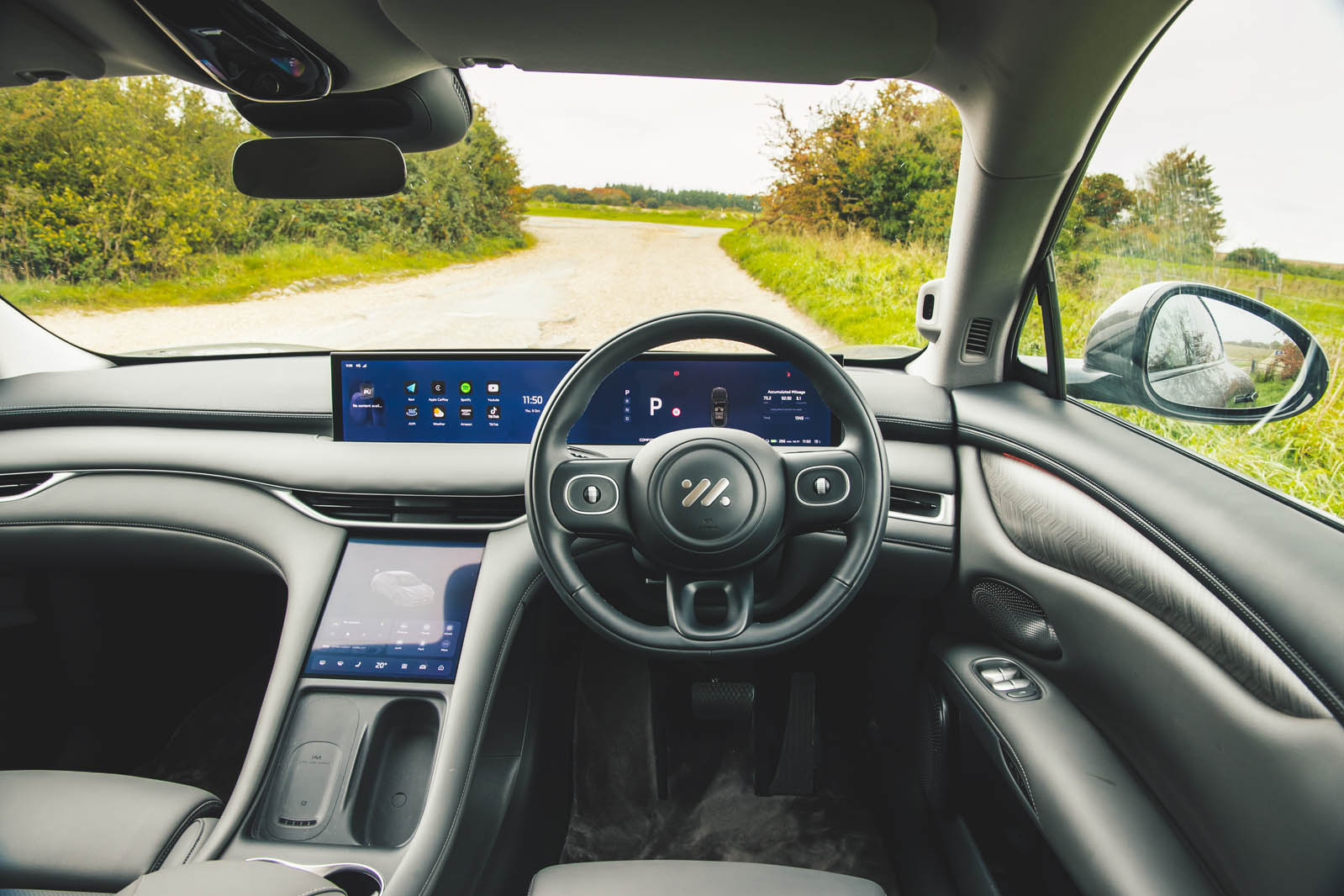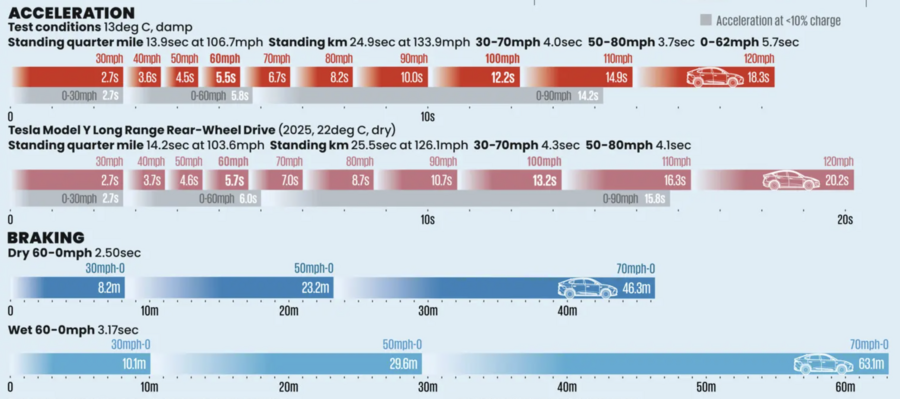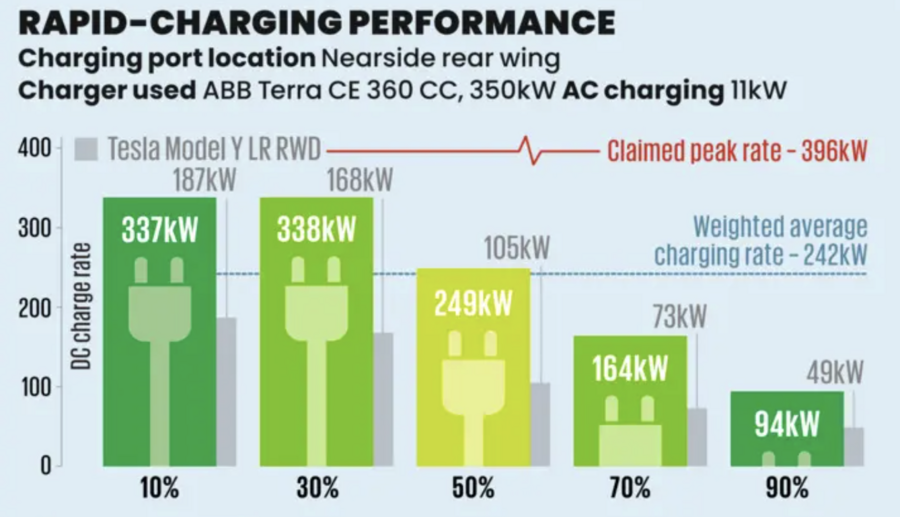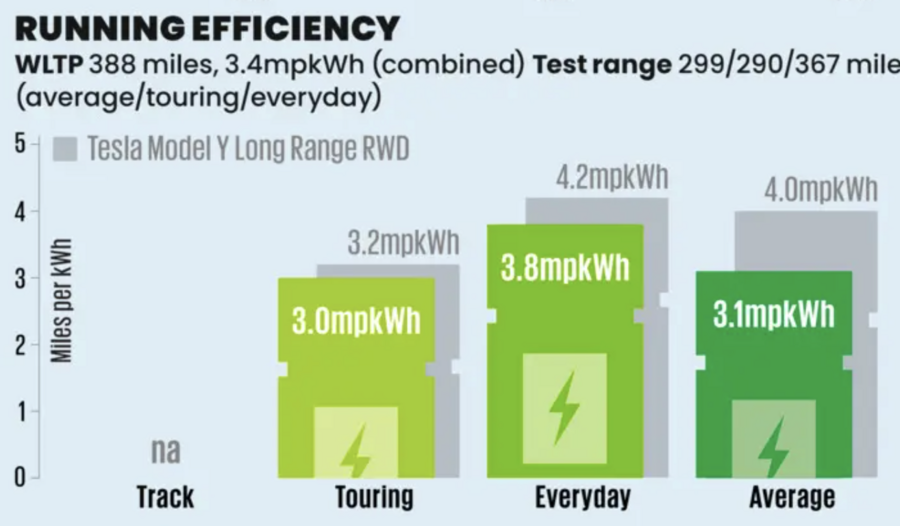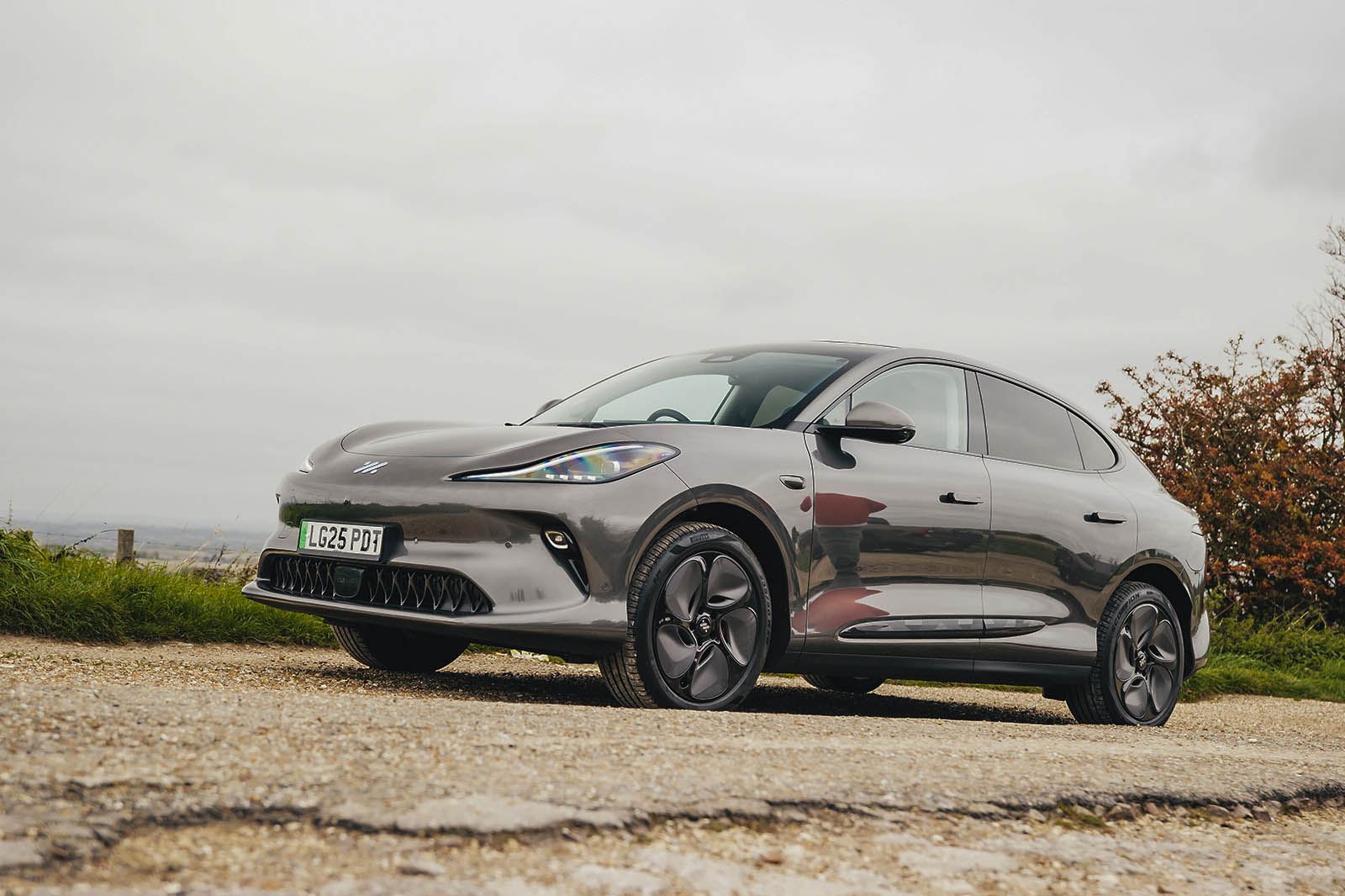There is real, palpable quality to the cabin of the IM6, and plenty of space and airiness – though, like the exterior, there are few really distinguishing features and almost nothing in the way of design flair.
You sit at a slightly raised hip point, on big, comfortable, generously padded synthetic leather chairs up front. A full-length glass roof above you floods the cabin with light, and extends to meet a rearwards header rail punted behind the second-row headrests in order to extend head room for those in the back, à la Polestar 4. In this case, it does leave a small, rather pillar-box-like rear screen; which is much better than having no screen at all but not as desirable as having a normal-sized one. Visibility in general is otherwise fine, with plenty of camera technology on the outside of the car to supplement your view in myriad ways via the various digital displays.
Padded, soft-touch leather-effect trims cover most of the fascia, door cards and centre console, while satin-finish chrome is used on the air vents and window switchgear. But there are few other physical secondary controls to be found.
A widescreen instrument screen-cum-navigation display partners a landscape-oriented lower touchscreen console that stands in for physical buttons on the centre stack. The digital migration even extends to headlight controls and key seat adjustment functions you have to dive into that central screen to track down. Conventional wiper and indicator stalks are present and correct, mercifully, and the Tesla-style multi-function scroll wheels on the steering spokes actually cover quite a lot of ground, and prove useful once you’re familiar with how to use them. Even so, the car’s top-level human-machine interface would be more intuitive if it were just a bit more old-fashioned.
Second-row occupant space is quite generous. We measured more head room than either a Tesla Model Y or a Kia EV6 offers, and notably more leg room and head room than in a Polestar 2. Boot space is similar, though the shape of the boot sides and roofline cut into the loading area a fair bit, and might prevent the bulkiest cargo from being carried.
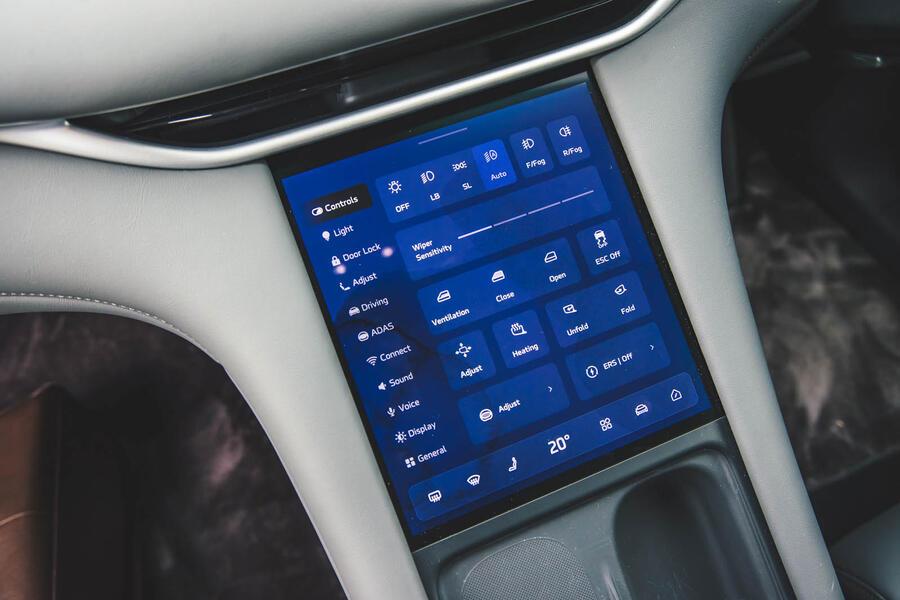
Multimedia - 3.5 stars
MG claims a width of 26.3in for the IM6’s upper digital screen. But this, of course, is a de facto side-by-side arrangement of instrument display and multimedia screen, and only ever displays one seamless image over its full width: an animation of a car surrounded by lots of dramatic faux tyre smoke, as you turn on the ignition (one tester rather aptly described as “a bit cringey”).
The way the screen integrates wireless smartphone mirroring, leaving space for the mirrored display to move left and right by a few inches and make space for various camera feeds as you manoeuvre and turn, however, is quite clever. We also like the way the margins of the screen glow red to warn of a vehicle in your blindspot (after all, why use a light on a mirror that mostly doesn’t show the vehicle in question?).
Typically you use the lower, portrait-oriented screen to select menus and functions for the upper one to display. Usability, while better than on the Cyberster convertible, is still a little convoluted but isn’t the worst example of its kind.
The number of times you’re asked to grant permission to share data with the cloud, however, or scan a QR code to download an app, gets decidedly annoying. We found no way to add a user account to the system to avoid this, and it significantly erodes the appeal of so much digital technology being in place at all.
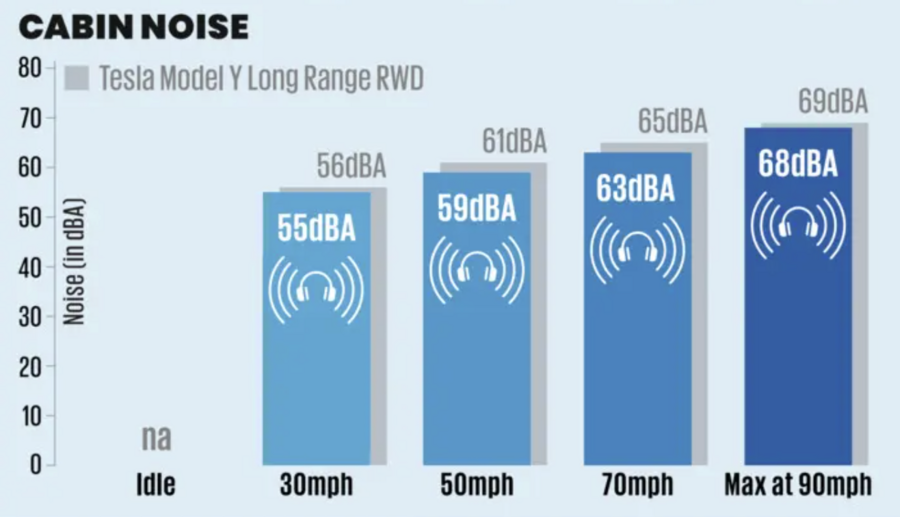



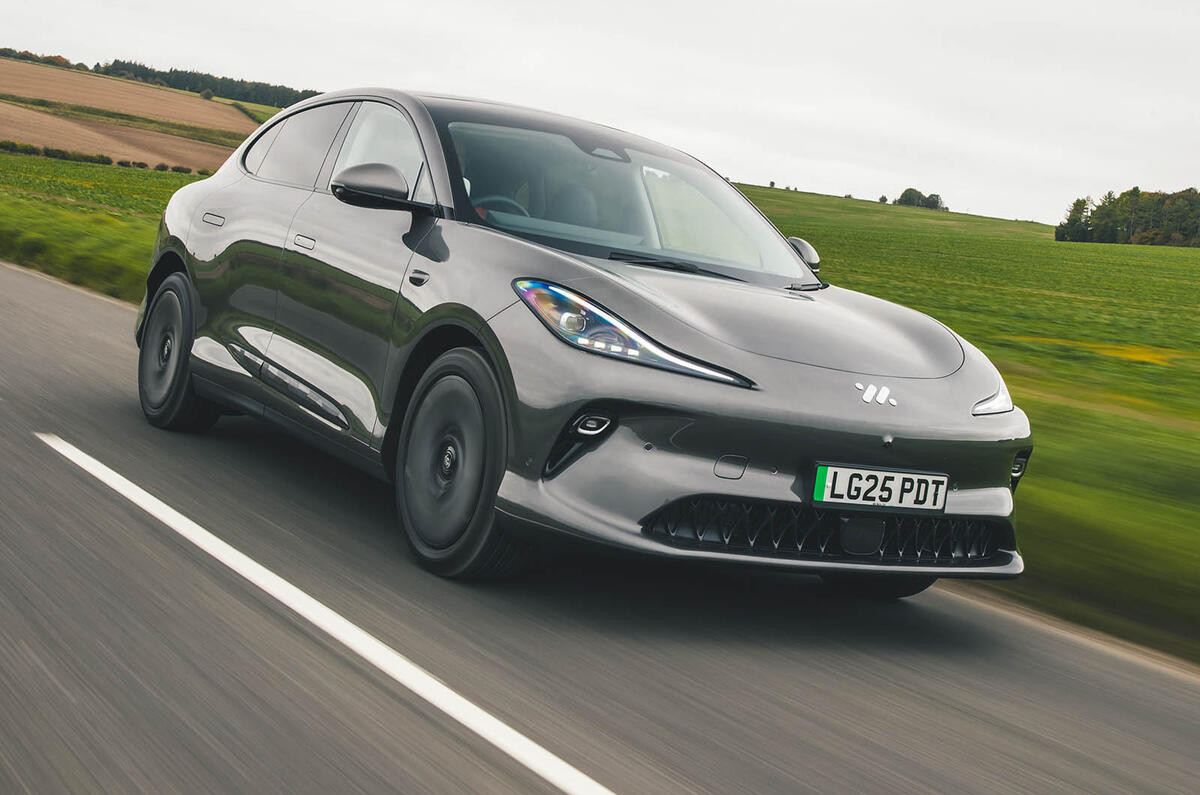
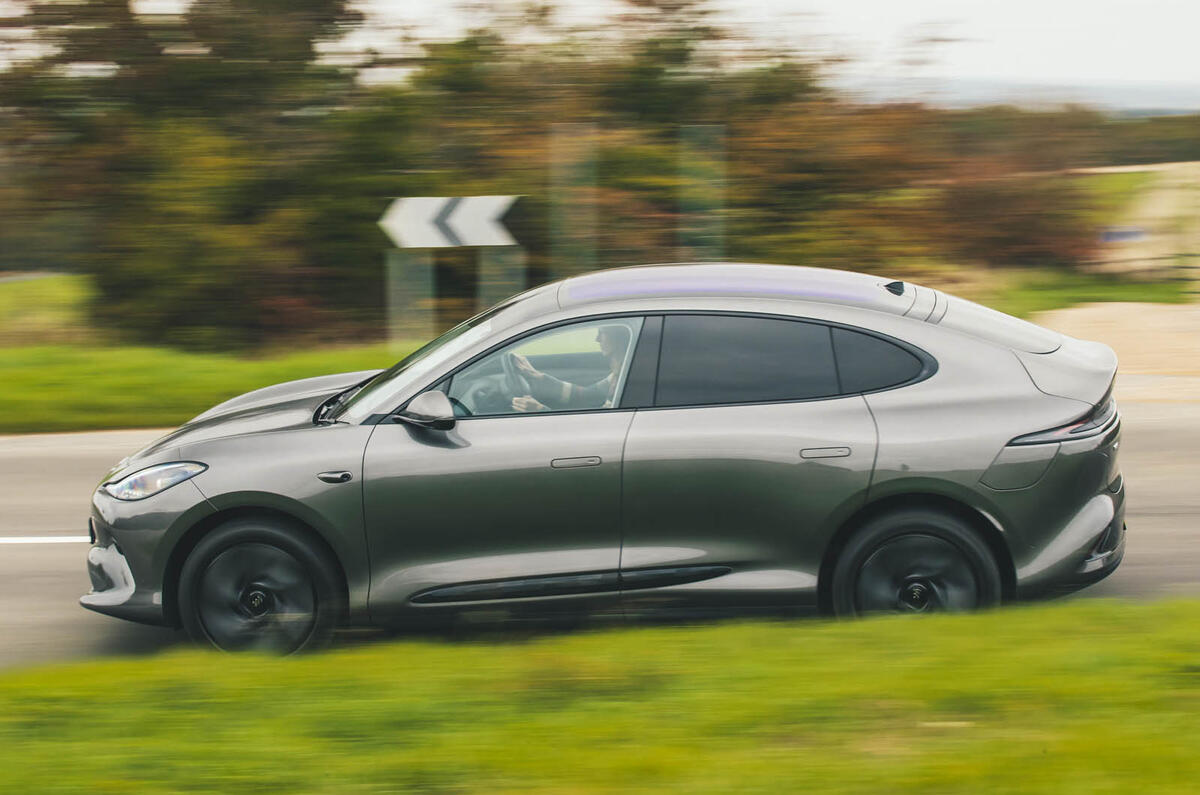

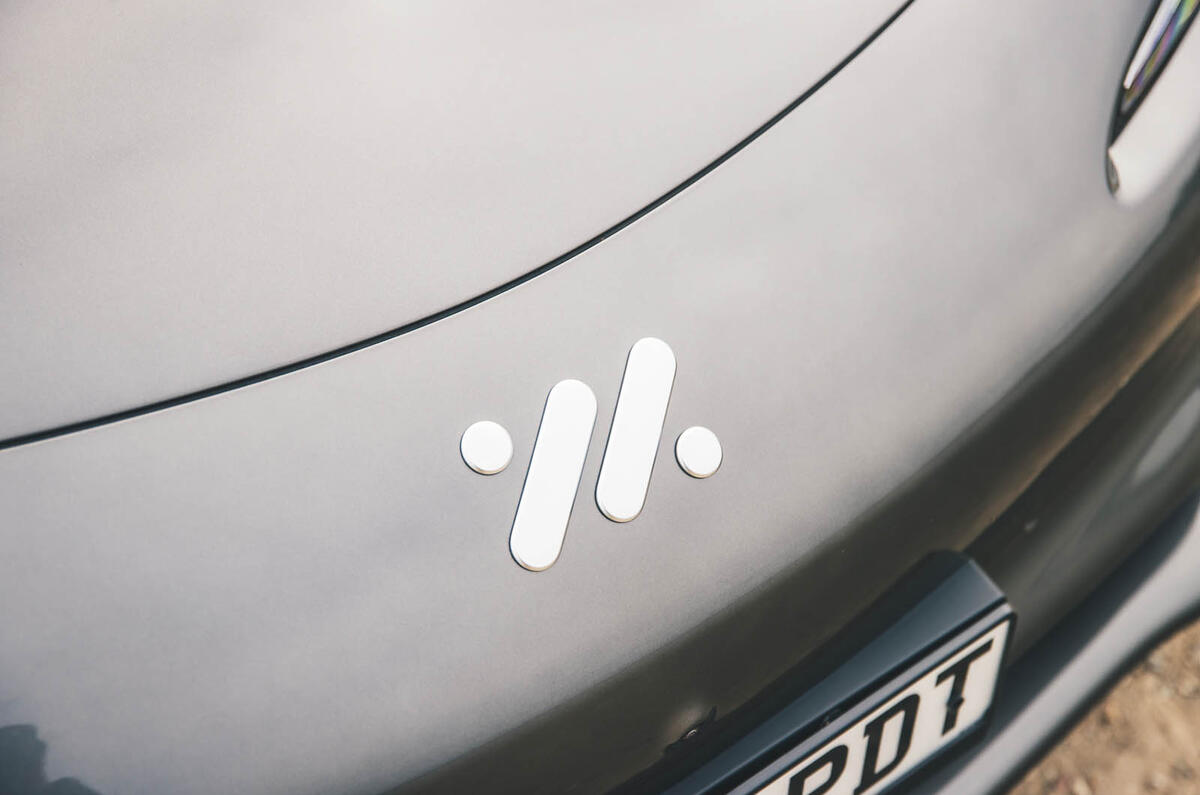
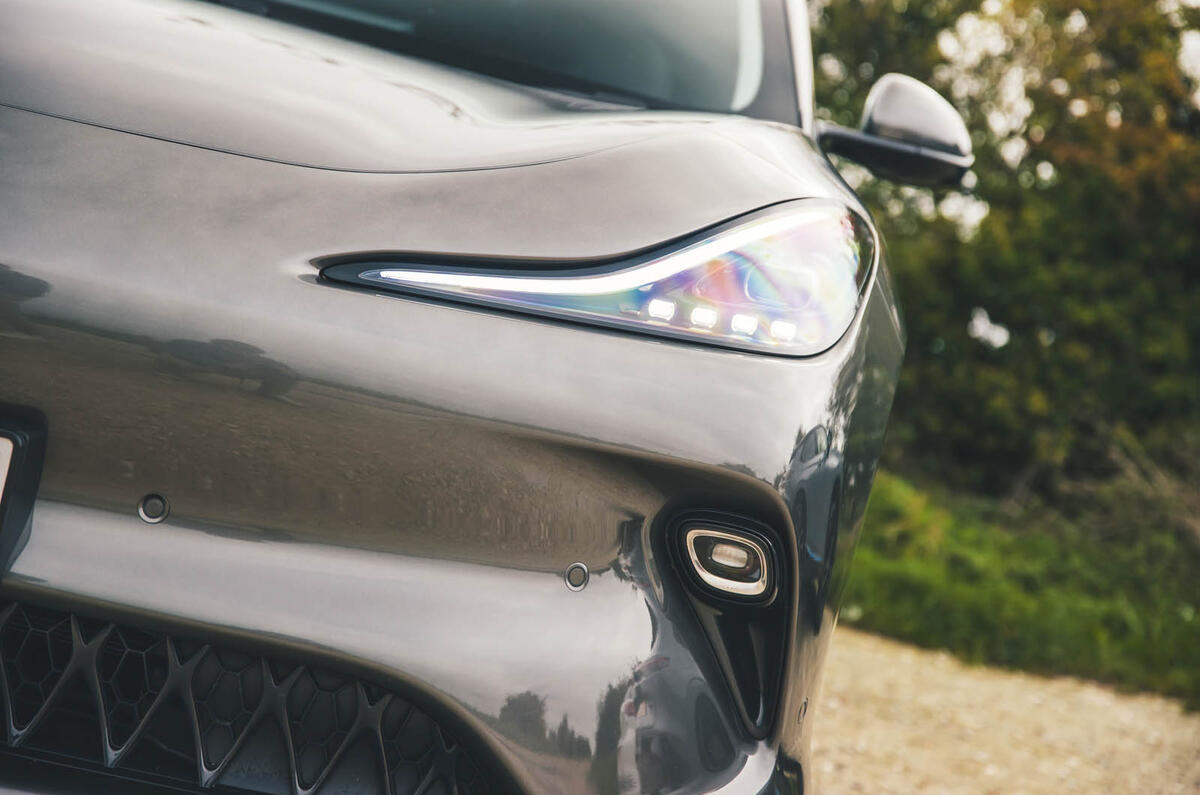
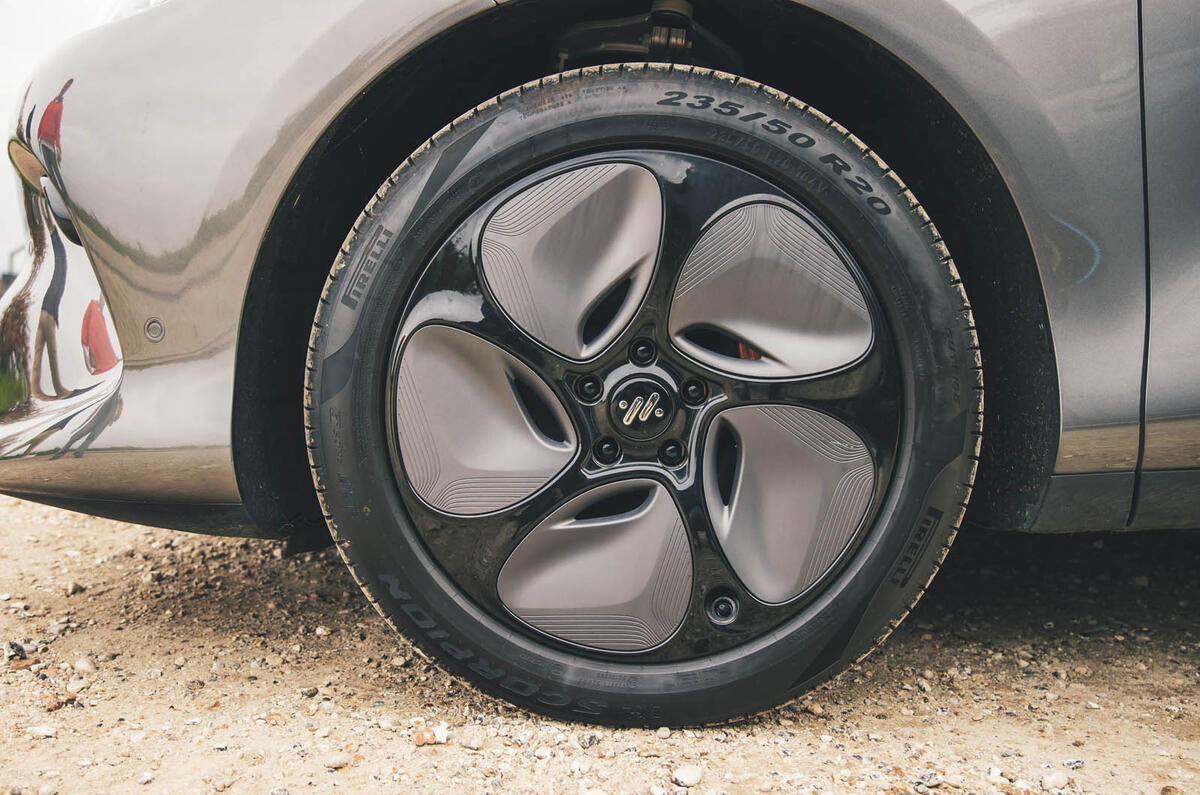
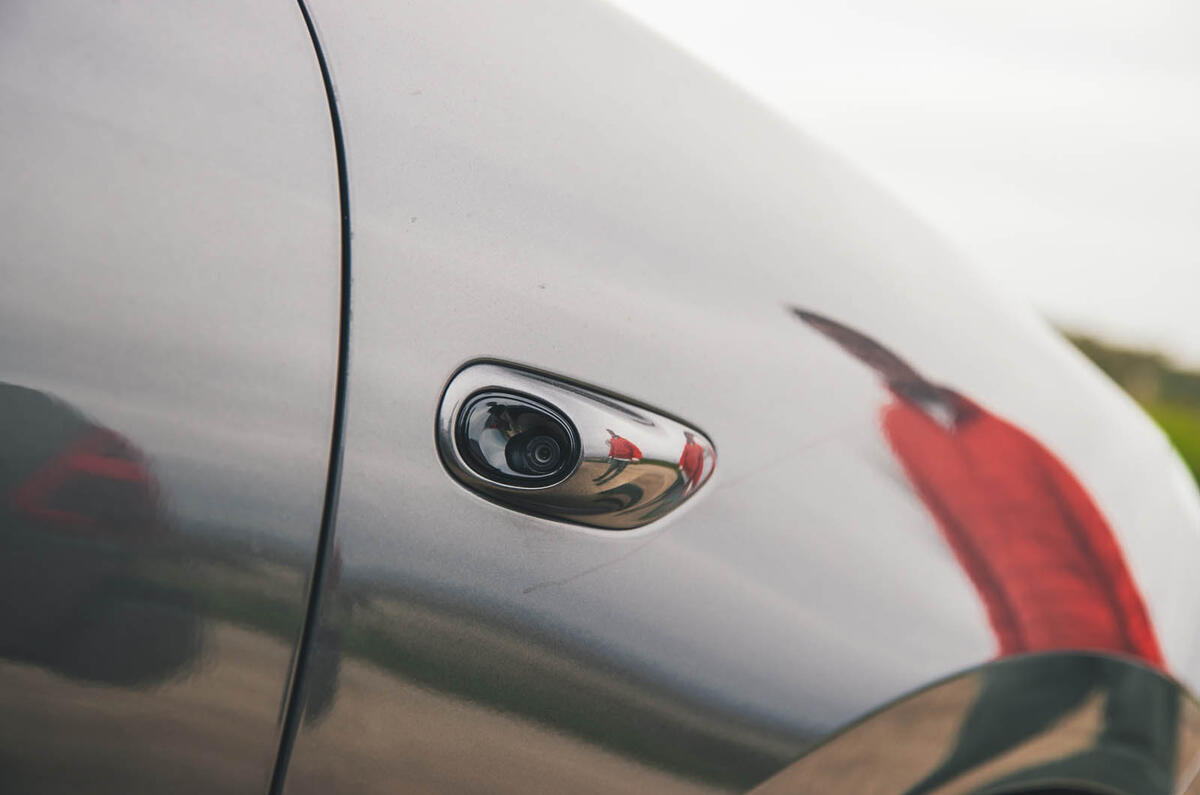
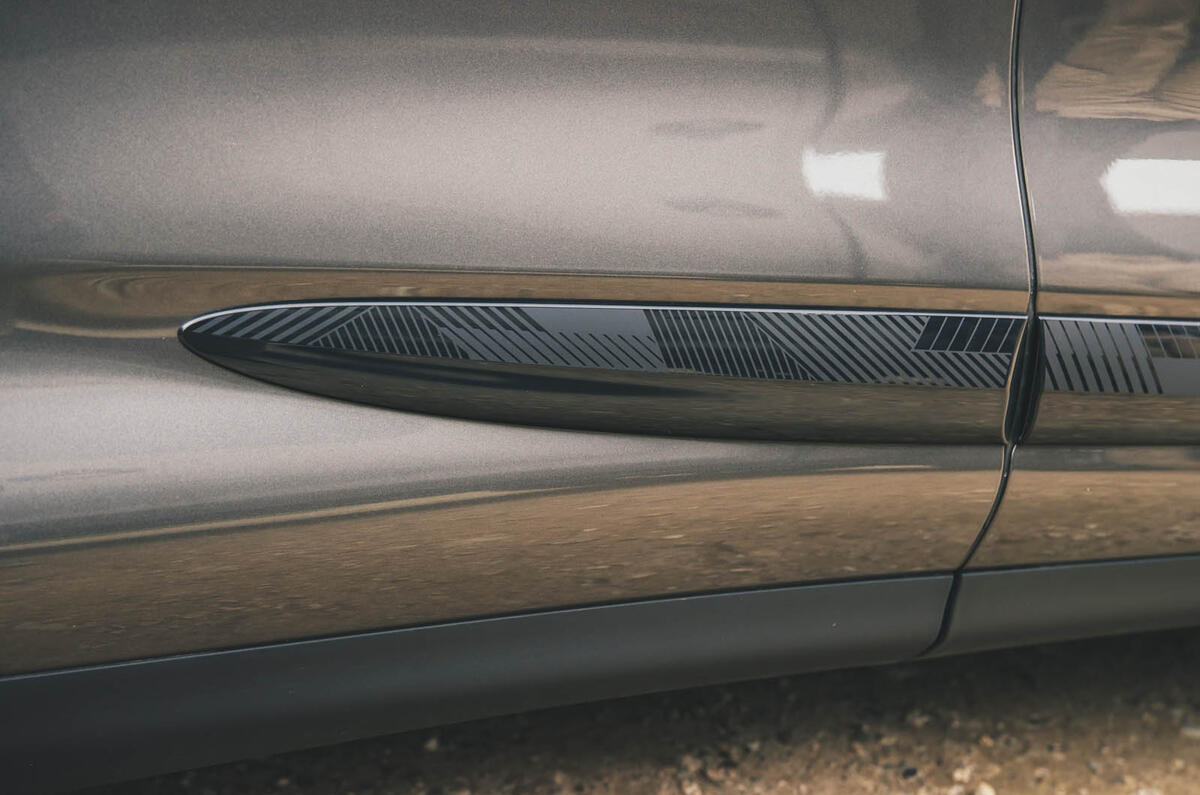
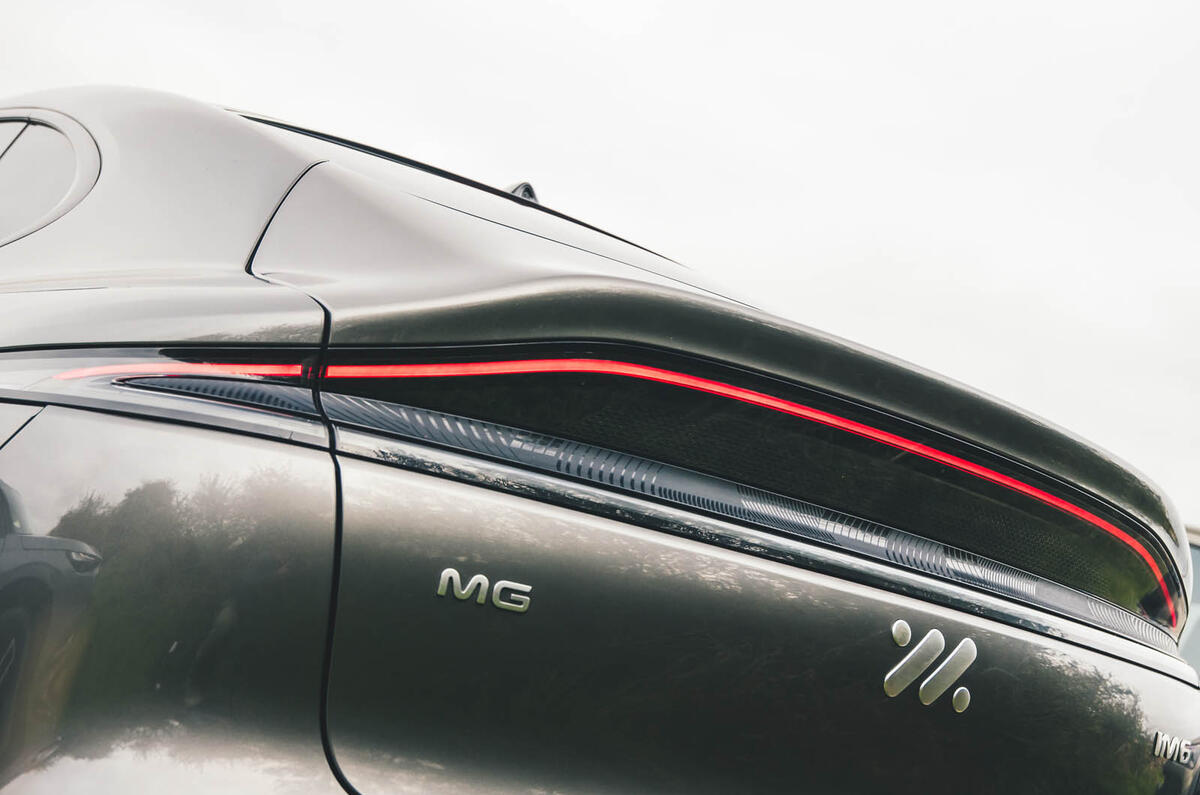
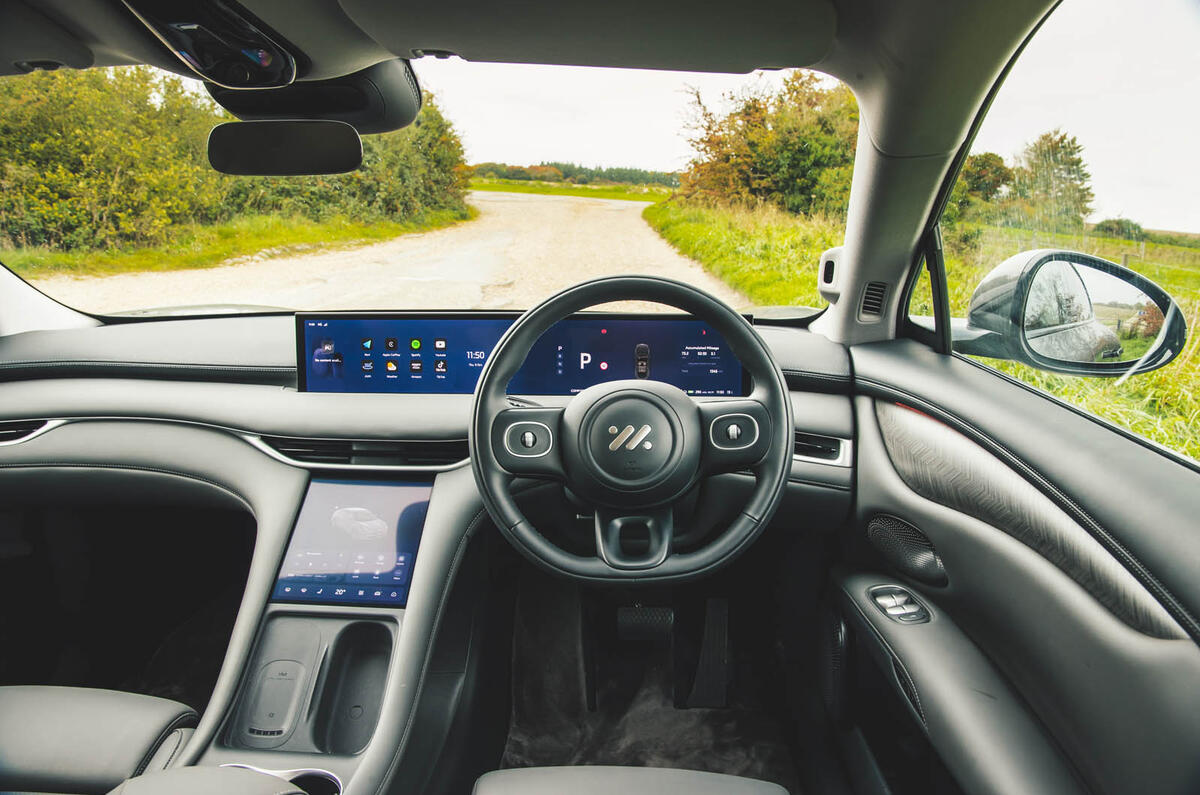
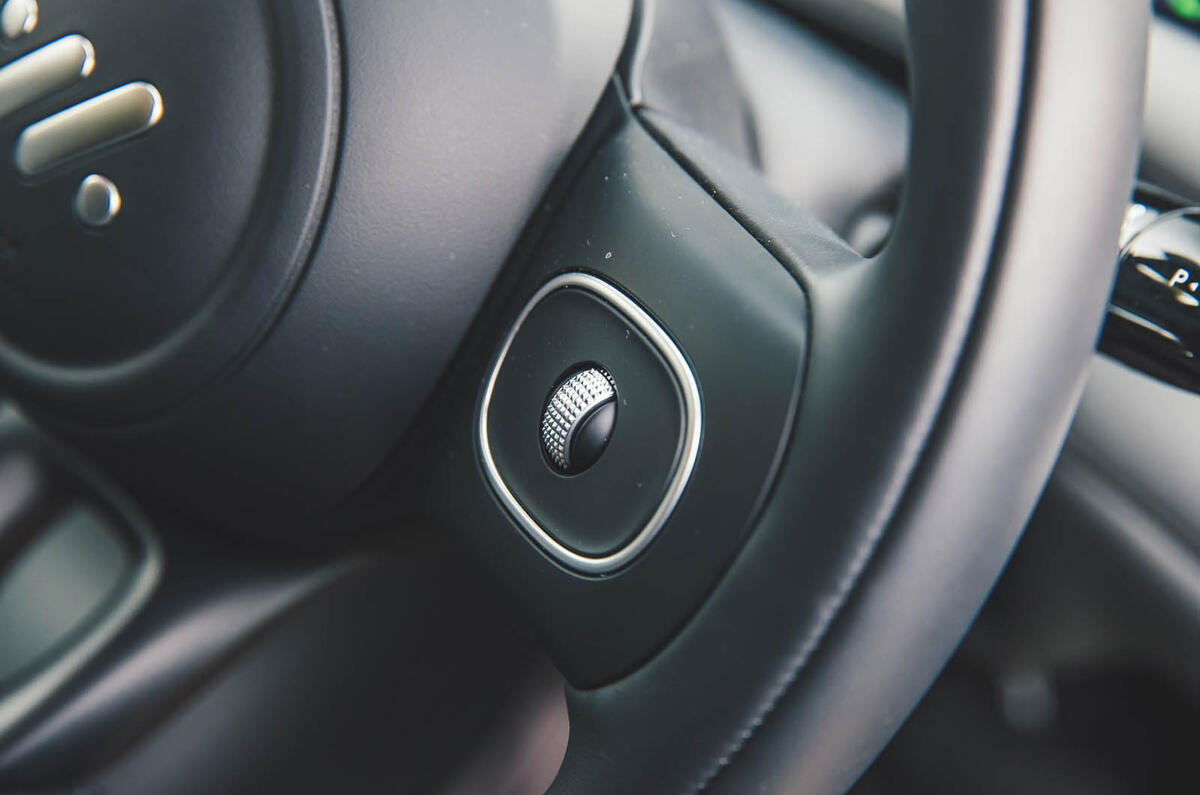
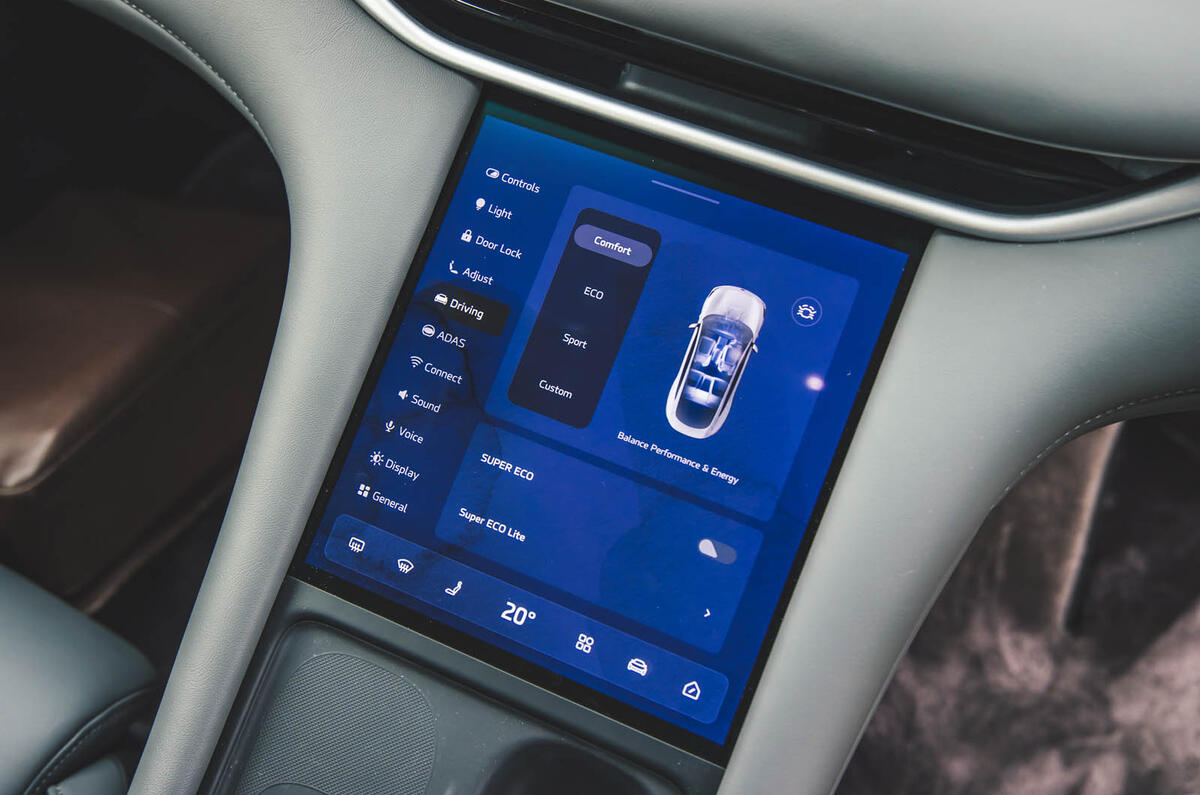
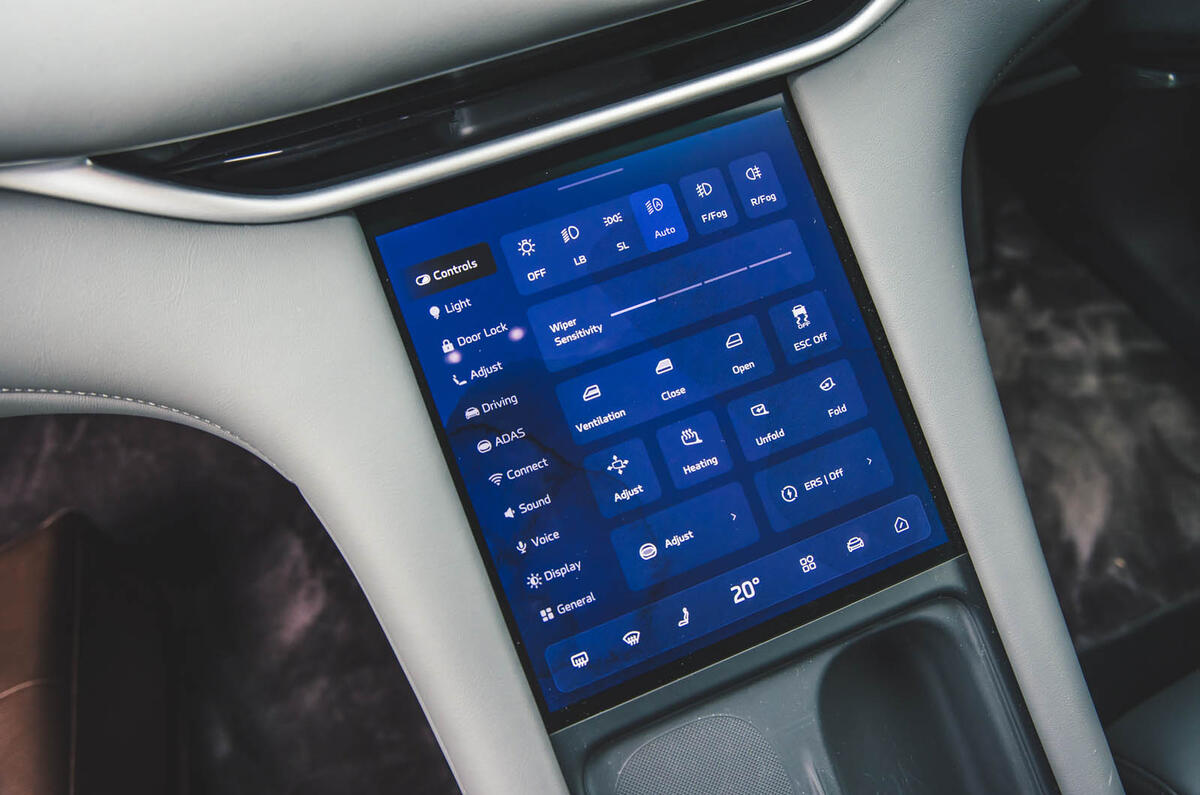
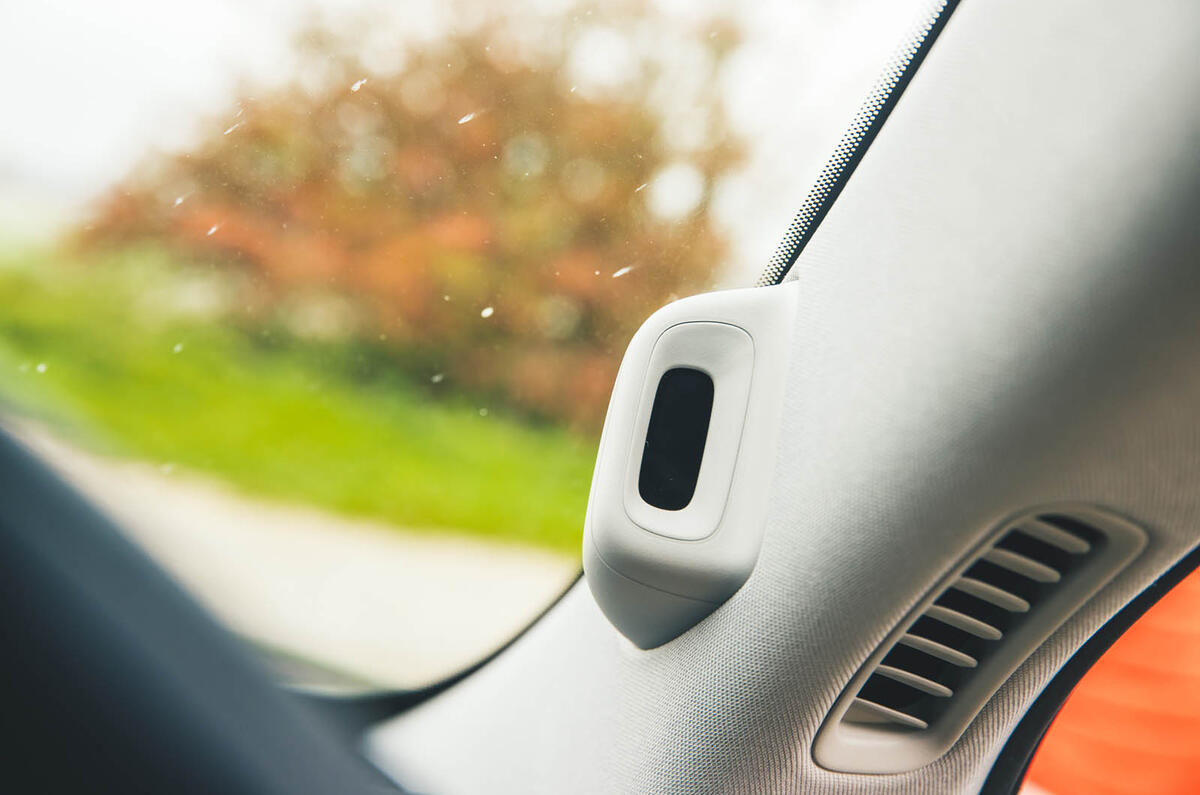
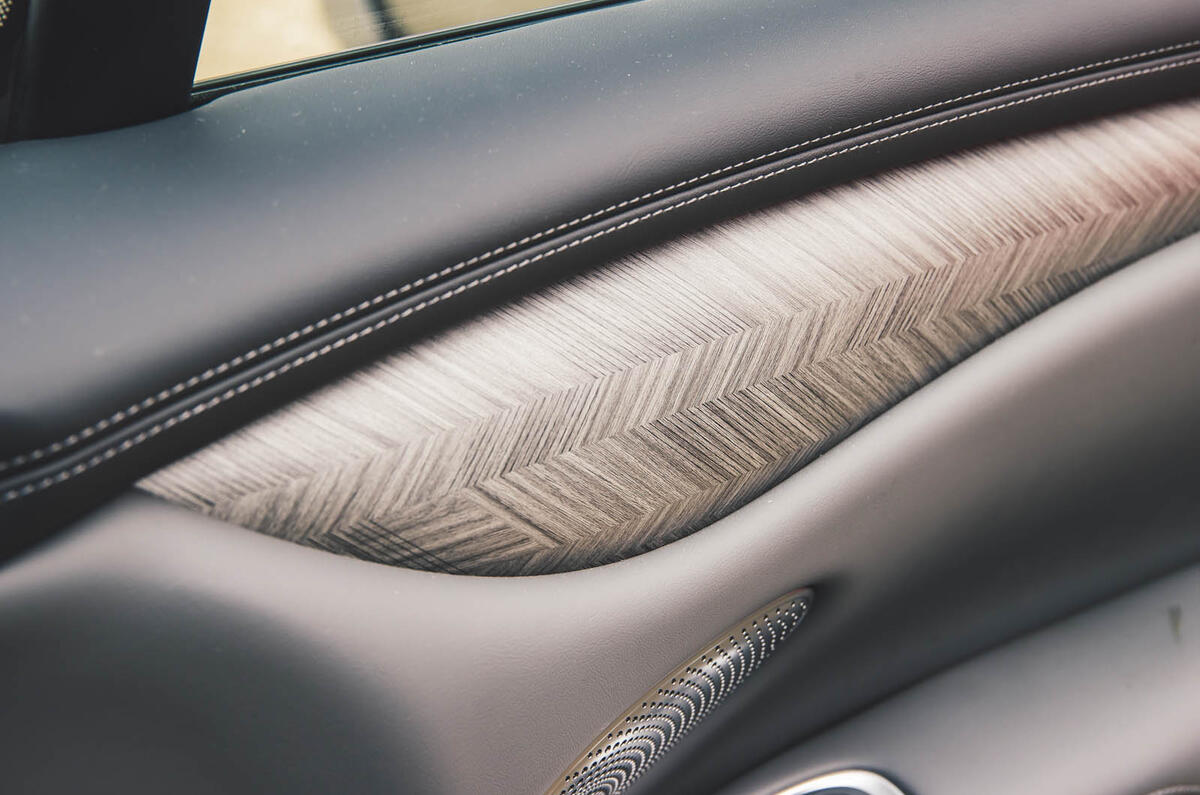

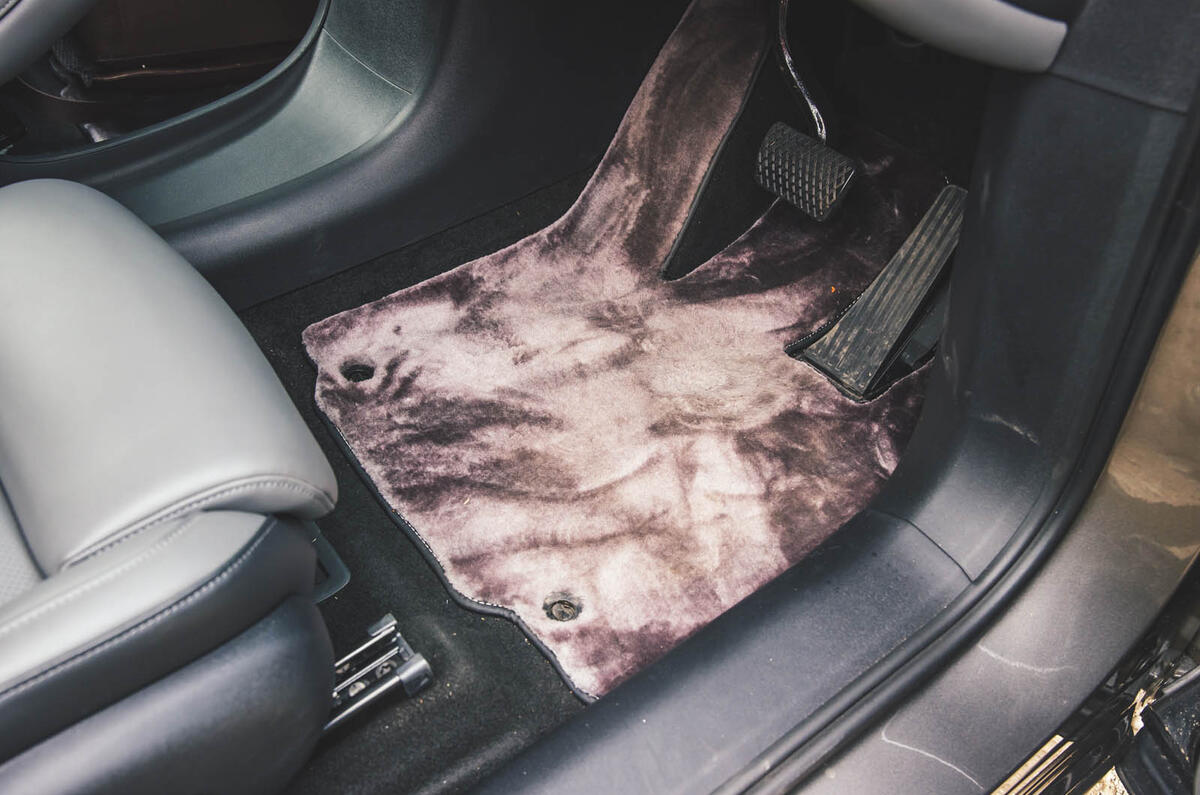

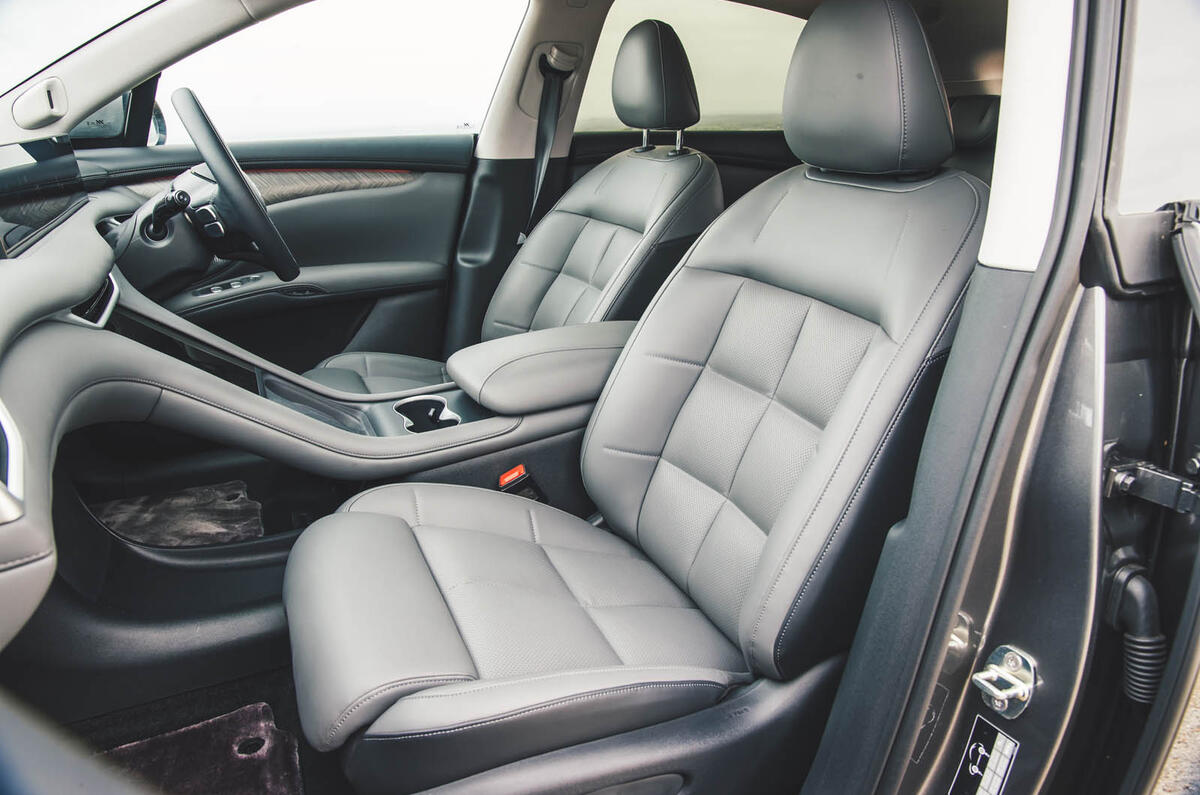
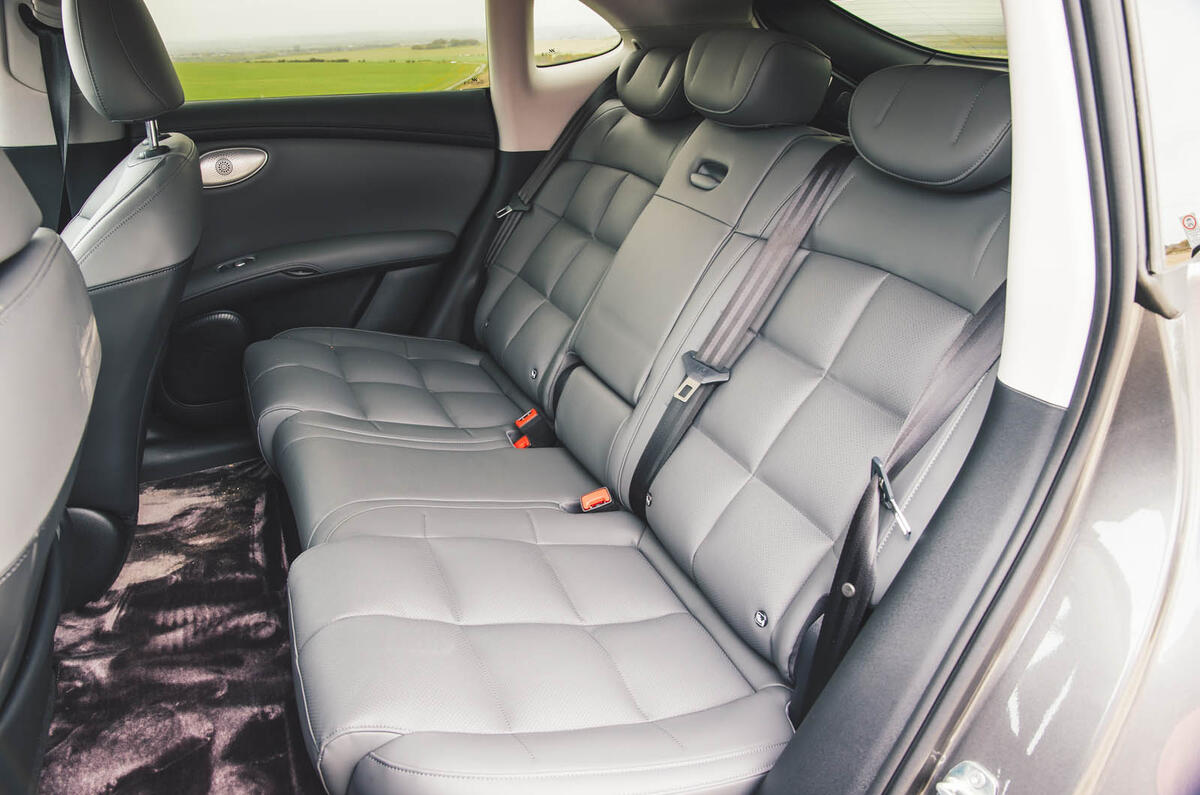
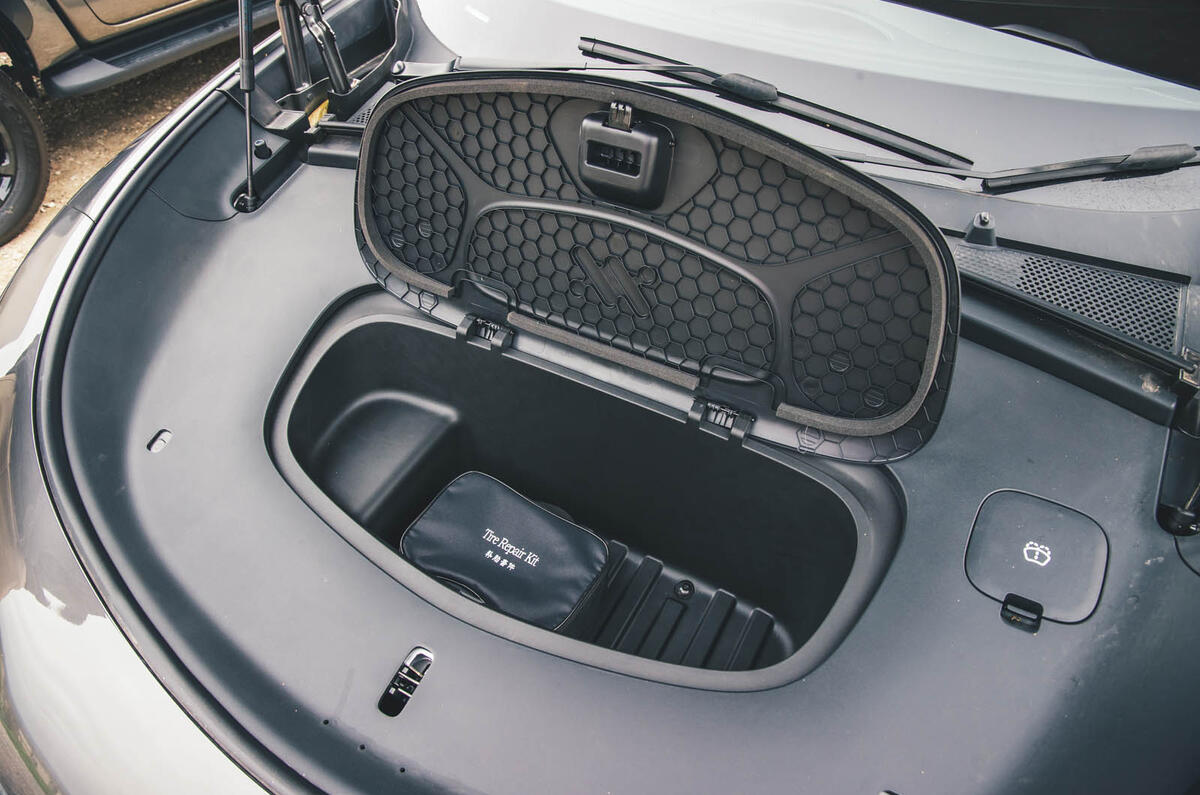
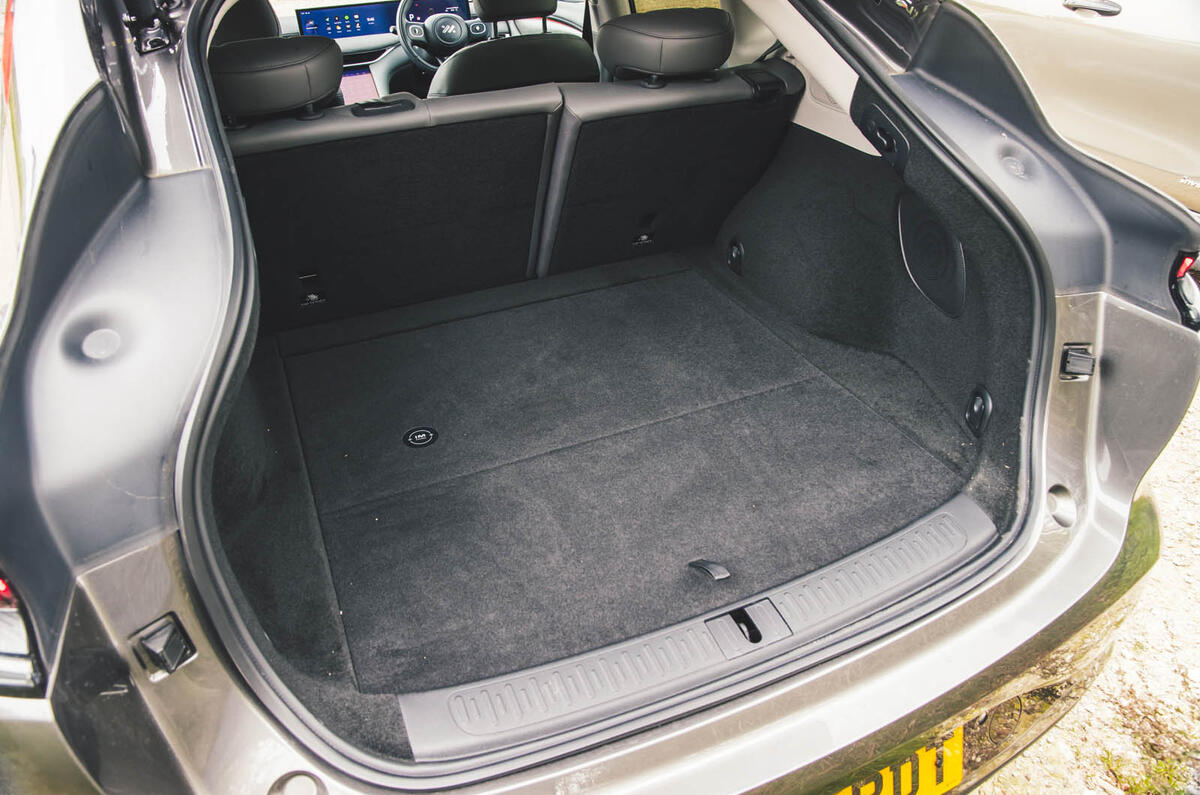


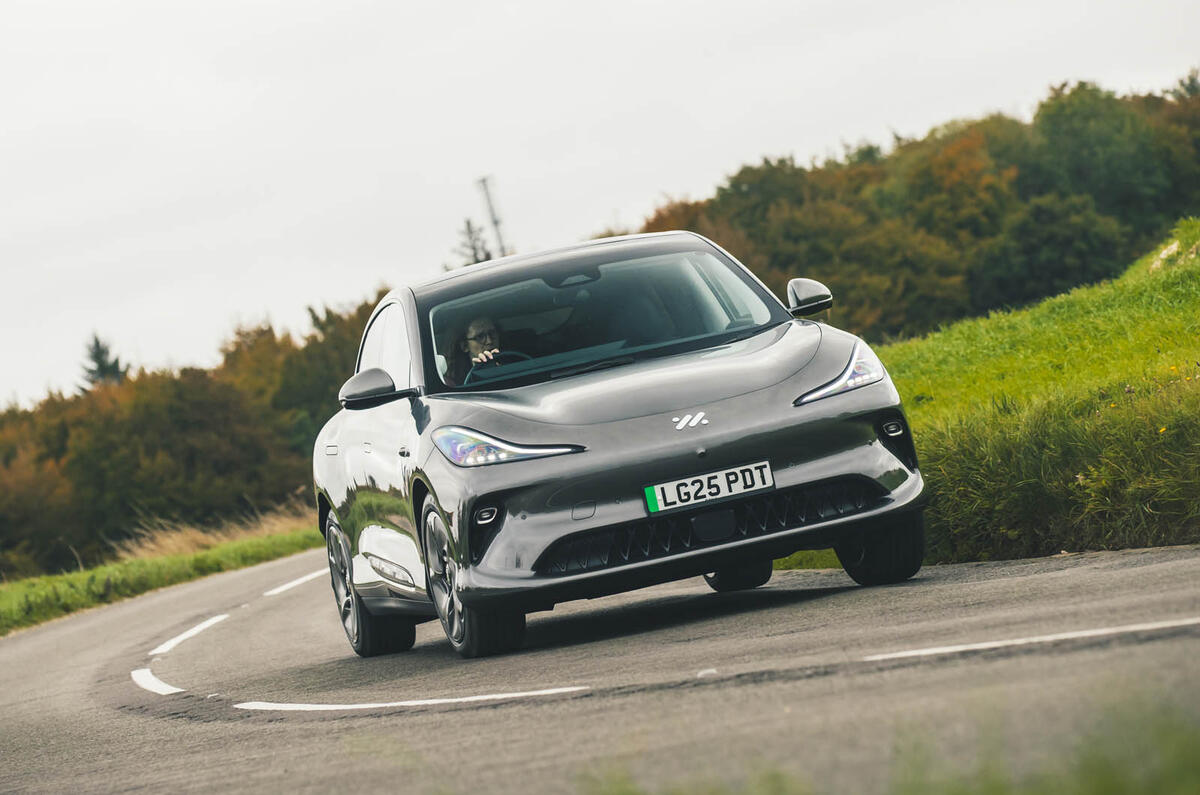
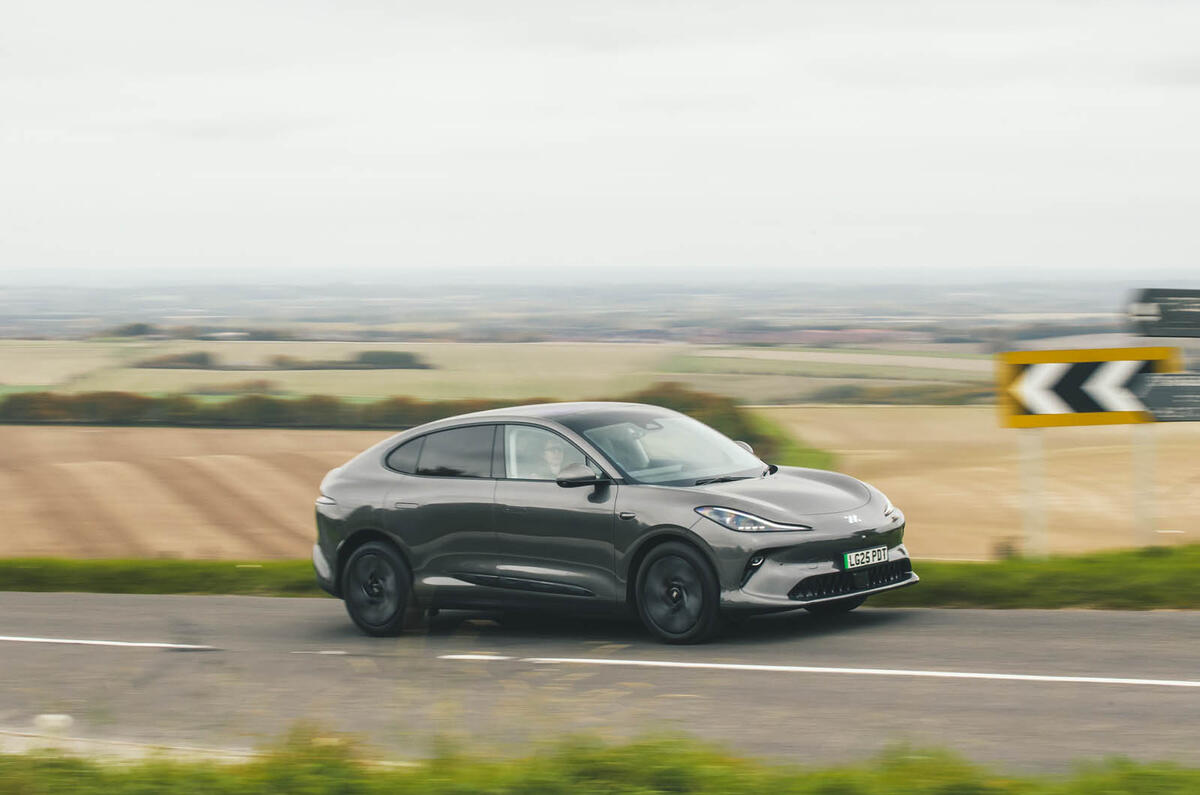
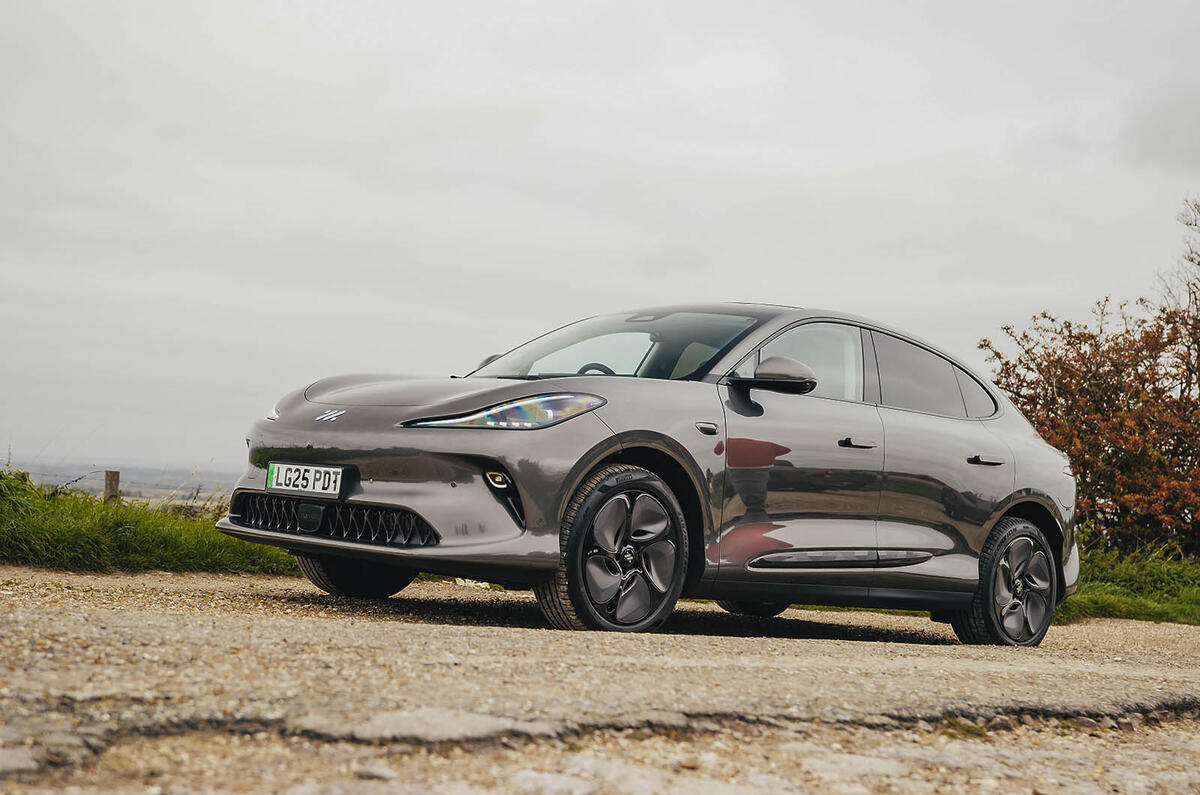




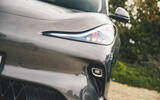
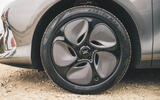





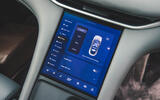






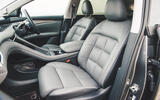
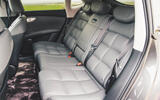


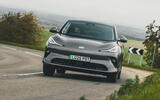

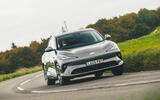

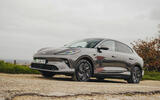

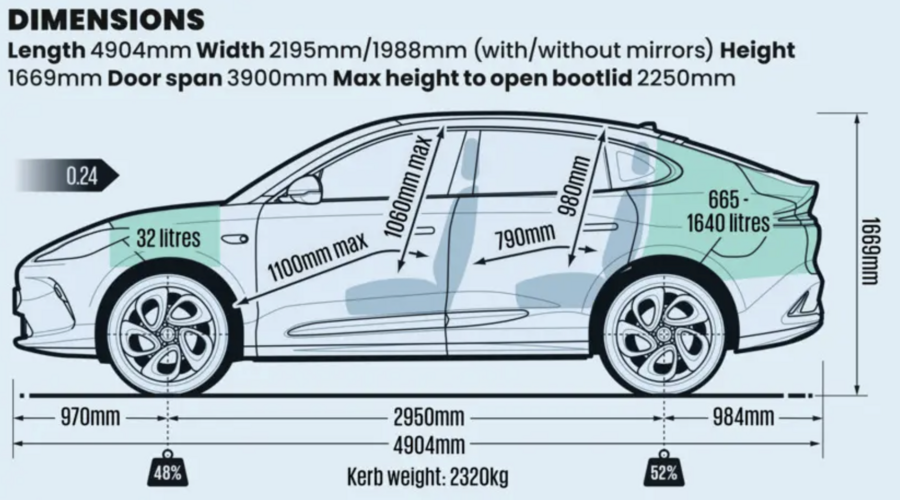 If you’re not quite sure what the MG IM6 reminds you of, that might be because it could be any one of a number of existing cars. The similarities with Tesla’s outgoing design language at the front are clear, while there is an apparent tribute to the Aston Martin DBX in the car’s tailgate. Among all of the things that this IM brand is set to represent, then, it seems original, distinctive looks don’t feature.
If you’re not quite sure what the MG IM6 reminds you of, that might be because it could be any one of a number of existing cars. The similarities with Tesla’s outgoing design language at the front are clear, while there is an apparent tribute to the Aston Martin DBX in the car’s tailgate. Among all of the things that this IM brand is set to represent, then, it seems original, distinctive looks don’t feature.